
Cities are challenged to come up with a form of transport mobility that is sustainable, energy efficient and respectful of the environment. An EU initiative is bringing together public stakeholders from European cities and the innovation community to realise sustainable zero-carbon transport systems.
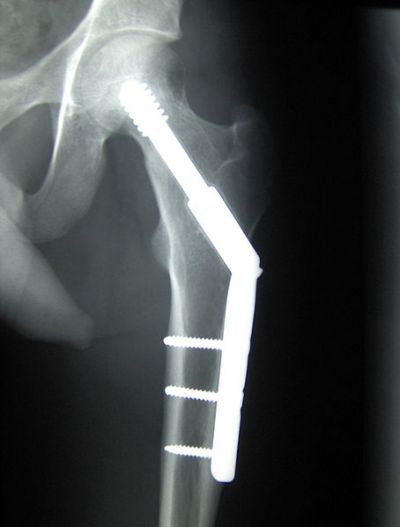
Ageing, trauma and poor lifestyle can all contribute to weak joints that sooner or later require implants for bone support or replacement. Current orthopaedic implants require revisions with time-consuming surgeries and long patient recovery time.
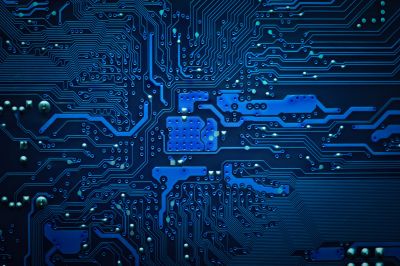
Two main drivers of global innovation and economic growth are the semiconductor/integrated chip (IC) market and renewable energy. Deeper understanding of the mechanisms of charge transport in advanced materials could advance both fields substantially.
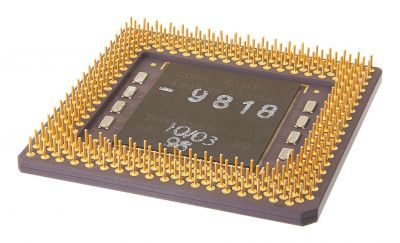
As electronics miniaturisation approaches its technological limits, stacking is seen as a promising way to overcome the barrier. Scientists are developing the lacking yet vital technology to interconnect the layers.

The cost of replacing aeroplanes is driving the aviation sector to seek more cost-effective repair and maintenance solutions that will prolong the air-worthiness of existing fleets.
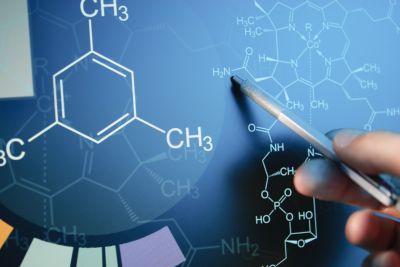
A very powerful platform that exploits mass spectrometry (MS) to simultaneously identify biologically relevant proteins, lipids and carbohydrates could change the face of clinical medicine.
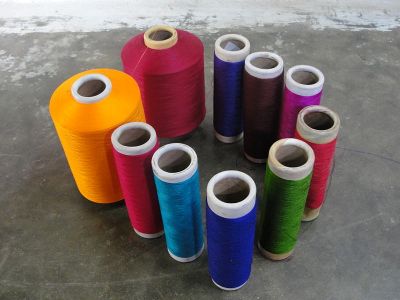
Researchers are using low-value plant raw materials to produce bio-based synthetic fibres for the textile industry in a cost-competitive, energy-saving, and environmentally sustainable process.
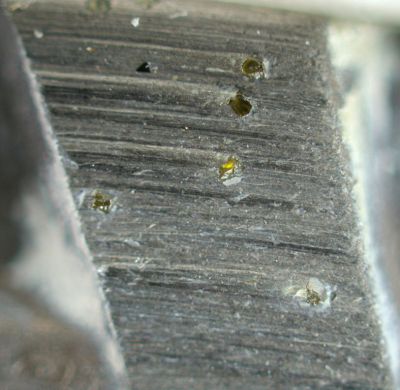
Exploiting very hard materials in machine tools enhances durability, decreasing maintenance and repair costs and ensuring robustly reliable products of high quality. A novel laser-processing platform will support EU leadership in diamond-based tools.

The EU aims to play a leading role in the deployment of alternative propulsion technologies for sustainable mobility systems. An EU-funded initiative introduced innovative approaches for manufacturing energy-efficient and safe light urban electric vehicles (EVs).

EU-funded scientists identified new materials that could render lithium-ion (Li-ion) batteries in electric vehicles (EVs) significantly more efficient and powerful.

Extracting, processing and manufacturing conventional building materials consume a tremendous amount of energy. Novel biocomposites are reducing that embodied energy and delivering high-performance, eco-friendly materials at no additional cost.

Hydrocarbons from crude oil are used to produce higher-value chemicals, but increasing price volatility has affected the competitiveness of EU manufacturers. Novel membrane reactors will use alternative feedstock to reduce dependence on oil.
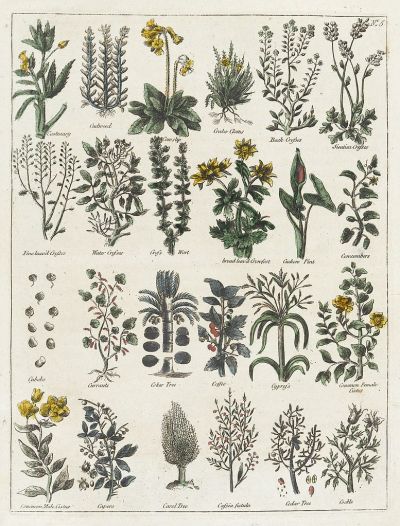
Purity is paramount for any medicinal product. EU research is developing a DNA test for production of plant-based preparations.

An EU initiative helped launch a new European Centre of Excellence (CoE) for developing all-electric ships (AESs). The newly established CoE in Greece is set to play a critical role in the launch of the first generation of AESs.

Little tabs off the trailing edge of helicopter rotor blades that can be positioned according to flight conditions promise better lift and lower fuel consumption. EU-funded scientists are developing demonstrators of the related structural and control technologies.
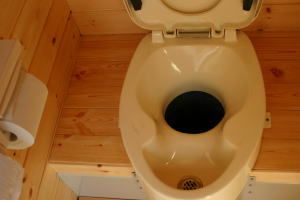
Water and energy conservation are two important challenges faced by many European households. An EU-funded project addressed these issues, thereby creating a major opportunity for small and medium-sized enterprises working in the plumbing sector.
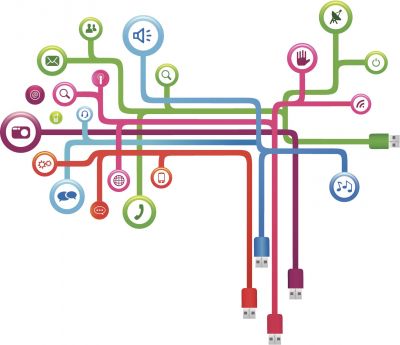
Large-area electronics are subject to a paradigm shift since conventional amorphous silicon (Si) thin-film transistors are increasingly being substituted by better-performing metal-oxide thin-film transistors. Such a breakthrough was just the starting point for oxide electronics.
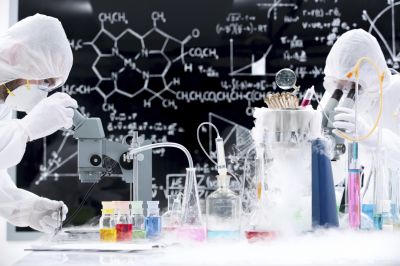
Expediting pharmaceutical development processes could significantly speed up the time taken for a product to reach the market. A European consortium working towards the development of a cell screening prototype that could be incorporated in various biopharmaceutical processes.

Industrial environments produce a lot of dust that can be detrimental to both machinery and personal health. A new air cleaning system that removes nano-scale particles and prevents build-up of explosive dust will tap large global markets.

In the race to build a universal quantum computer, researchers not only need to be able to control complex quantum phenomena, they need to do this on a chip. Such a multi-purpose optical chip is currently being developed so that miniature circuits can soon be duplicated – in much the same way as with modern computers.

Nanomaterials are famous for their unique properties that differ from those of bulk quantities of the same stuff. Now, bulk structures made from nanomaterials are the next generation and EU-funded scientists are paving the way.

Air transport needs to be well connected to other transport modes in order to offer smooth travel for passengers. An EU initiative mapped rail links to airports across Europe and established a forum on encouraging co-modal transport to achieve seamless door-to-door mobility.
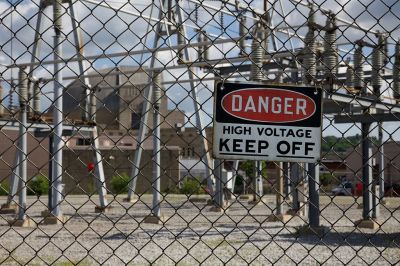
Failing stacked switches in voltage source converters (VSCs) can lead to loss of power, causing disruption to processes. New technology provides an innovative route to avoid power losses in the plurality of power transmission and distribution applications.

EU-funded scientists are investigating oxide-based materials that may supersede current semiconductors in future memory and sensor devices.

The latest trend in aircraft manufacture is integral structures made of carbon fibre-reinforced polymers (CFRPs). Since carbon fibre airframes have been or are in the process of being designed, tests to verify required durability and damage tolerance are needed for their certification.























